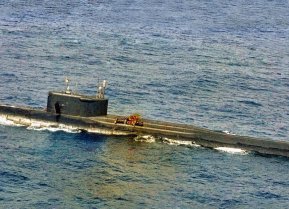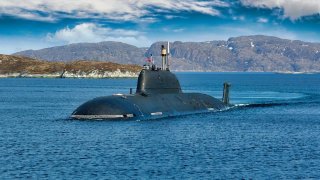Ranked: 5 Best Russian Navy Nuclear Submarines of All Time
The Soviet Union also developed advanced submarines, many of which continue to serve in the Russian Navy. Key classes include the diesel-electric Kilo-class, the nuclear-powered Borei and Akula classes, the Delta-IV ballistic missile submarines, and the modern Yasen-M class, which is reportedly capable of carrying Zircon hypersonic missiles.
Summary and Key Points: The Cold War drove significant advancements in military technology, particularly in submarine capabilities. The USS Nautilus, launched by the U.S. in the 1950s, became the world's first nuclear-powered submarine, setting a precedent for modern submersible vessels. The Soviet Union also developed advanced submarines, many of which continue to serve in the Russian Navy.
Key classes include the diesel-electric Kilo-class, the nuclear-powered Borei and Akula classes, the Delta-IV ballistic missile submarines, and the modern Yasen-M class, which is reportedly capable of carrying Zircon hypersonic missiles.
These submarines highlight the enduring legacy of Cold War innovation in contemporary naval warfare.
Russia's 5 Best Nuclear Submarines Ever
The Cold War spurred huge leaps in military innovations across the board. As the United States and USSR were racing to develop the latest and greatest weapons systems, cutting-edge technologies were introduced.
Perhaps the most significant advance in submarine technology occurred in the 1950s when America introduced the USS Nautilus—the world's first nuclear-powered vessel. When the Nautilus entered service, it allowed previous submersible vessels to become “true submarines,” as detailed by the Carnegie Science Center.
The Soviet Union also prioritized introducing new submarine technologies during this era. Many of the sub series developed under the USSR during the Cold War continue to sail for the Russian Navy today.
The Kilo-class
Arguably one of the most recognizable Russian submarine platforms today is the Kilo-class. These ships have notably been deployed to patrol the Black Sea amidst the ongoing invasion of Ukraine. This class of submarines was initially designed by the USSR to carry out anti-shipping and anti-submarine operations in shallow waters. Over the years, however, successive variants were introduced that have made the Kilo-class quite formidable.
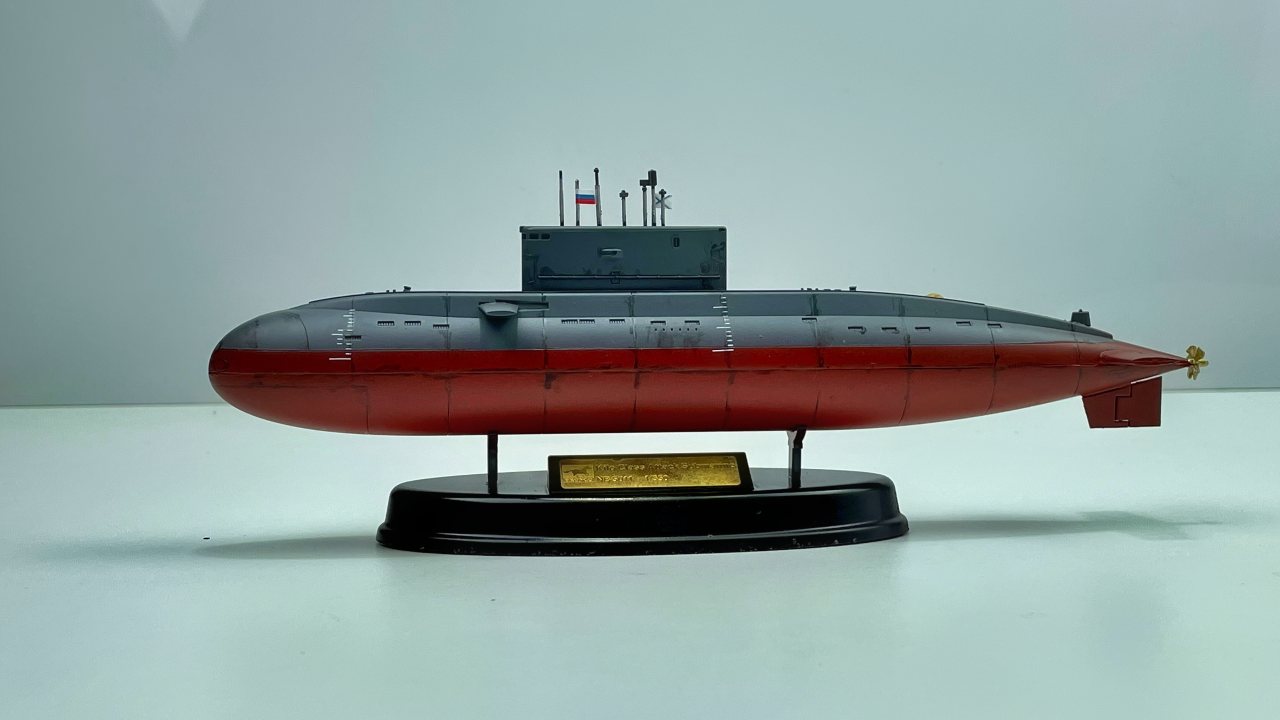
Each Kilo submarine today can carry six torpedo tubes with eighteen torpedoes. However, the Kilo ships still rely on diesel-electric powered sources, causing this class to possess reduced endurance. In fact, the Kilo ships can only remain underwater for forty-five days at a time, whereas a nuclear submarine can remain at sea indefinitely.
The Borei-class
Designated by NATO as the Dolgorukiy, the Borei-class of fourth-generation nuclear-powered ballistic missile submarines represent the first Russian SSBMs commissioned following the collapse of the USSR.
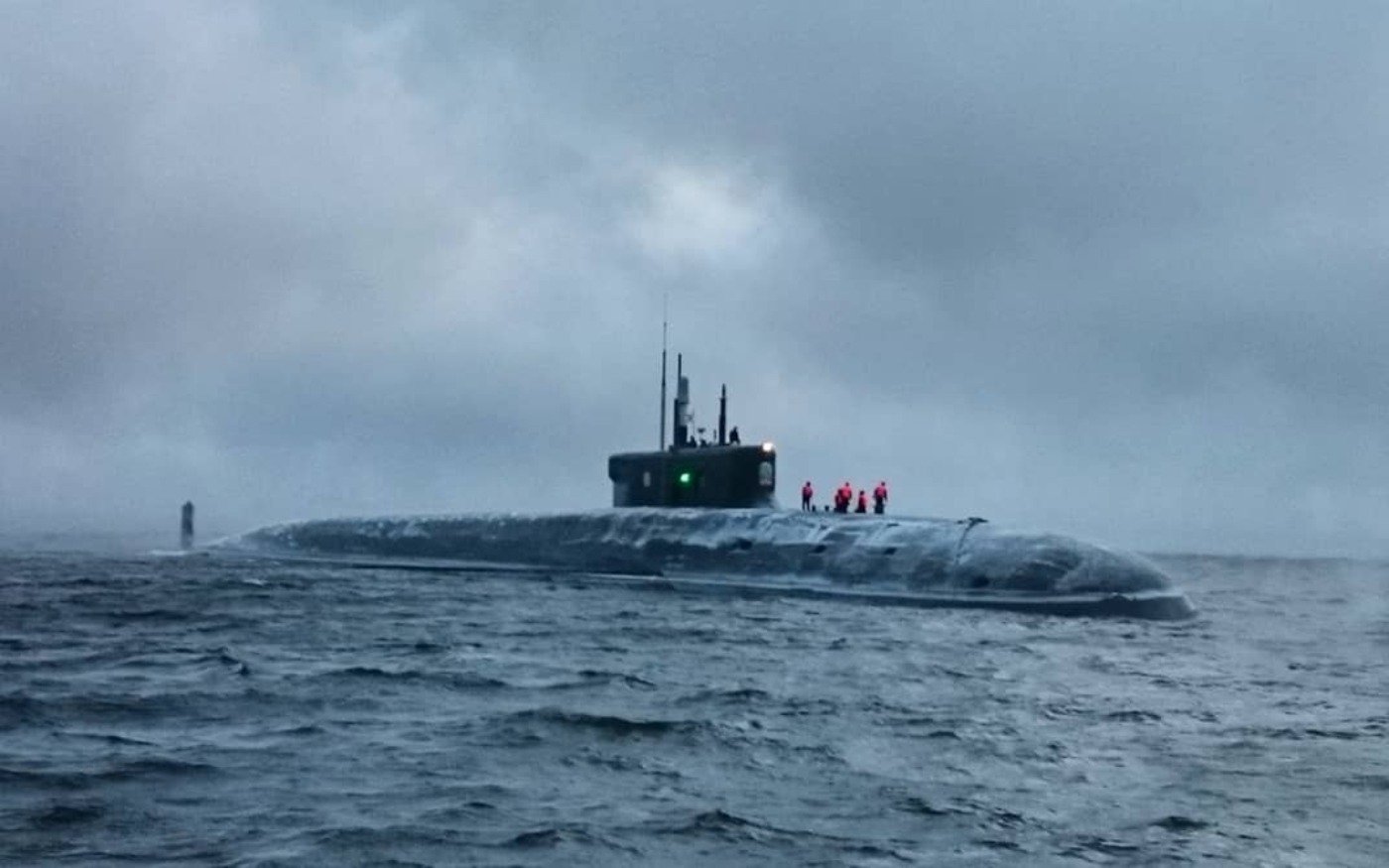
Notably, the Borei ships were constructed to be less detectable to sonar than their predecessors, making it more challenging for adversarial submarines to track them. The Borei submarines were also fitted with the pump jet propulsion system, which allow for higher speeds before cavitation occurs.
In the past, Russian state-run media outlets have boasted that the Borei ships have a five times lower noise signature than the American-made Virginia-class ships. While this claim may be exaggerated, analysts do agree that the Russian submarine is stealthier than earlier Soviet-designed ships.
The Akula-class
The Soviet Navy first introduced its Akula-class submarines in the mid-1980s. These fourth-generation nuclear-powered attack submarines uniquely feature a double hull system which gives the ships increased reserve buoyancy when compared to their Western counterparts.
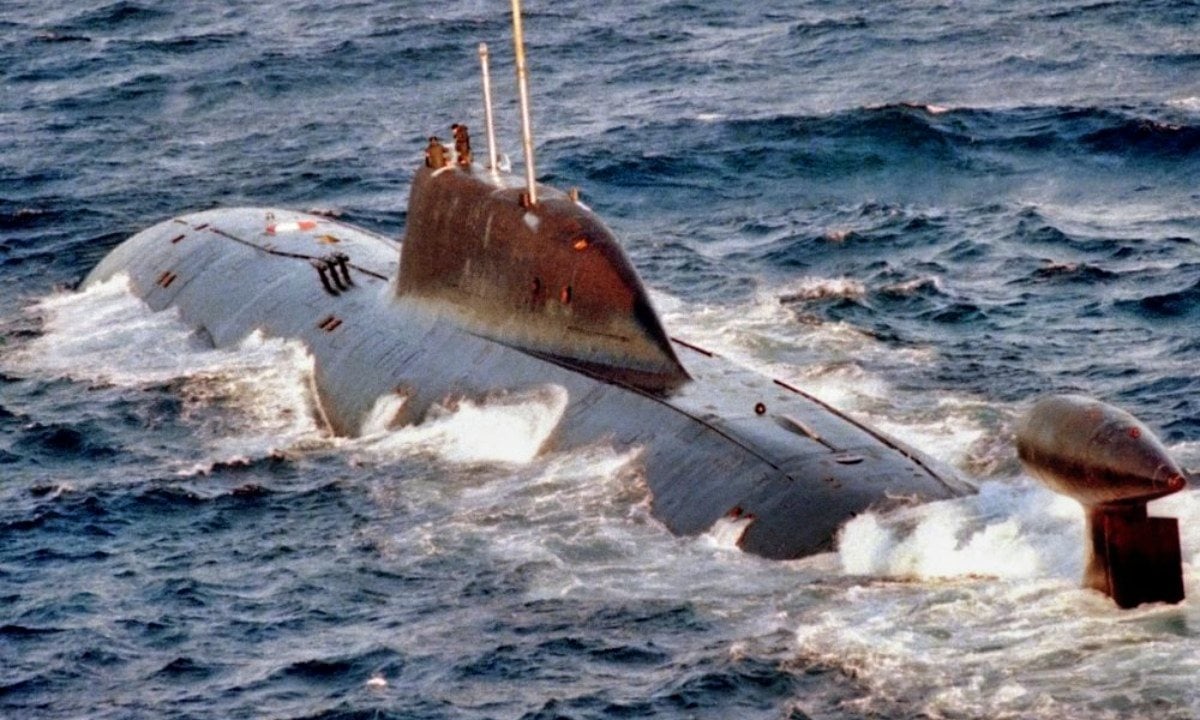
Each Akula submarine is fitted with the OK-650B pressurized water reactor, which was considered to be more sophisticated than previous submarine reactors. The Akula subs are also recognized for their quietness. In fact, when this class was introduced, its stealth shocked Western nations, which quickly grew concerned that the Akula submarines could out-match their own fleets.
The Delta-IV
Russia’s Delta-class submarines have served both the Soviet and Russian navies for over fifty years. When these ships were originally introduced, their mission was to counter America’s own arsenal or launch a nuclear attack if necessary.
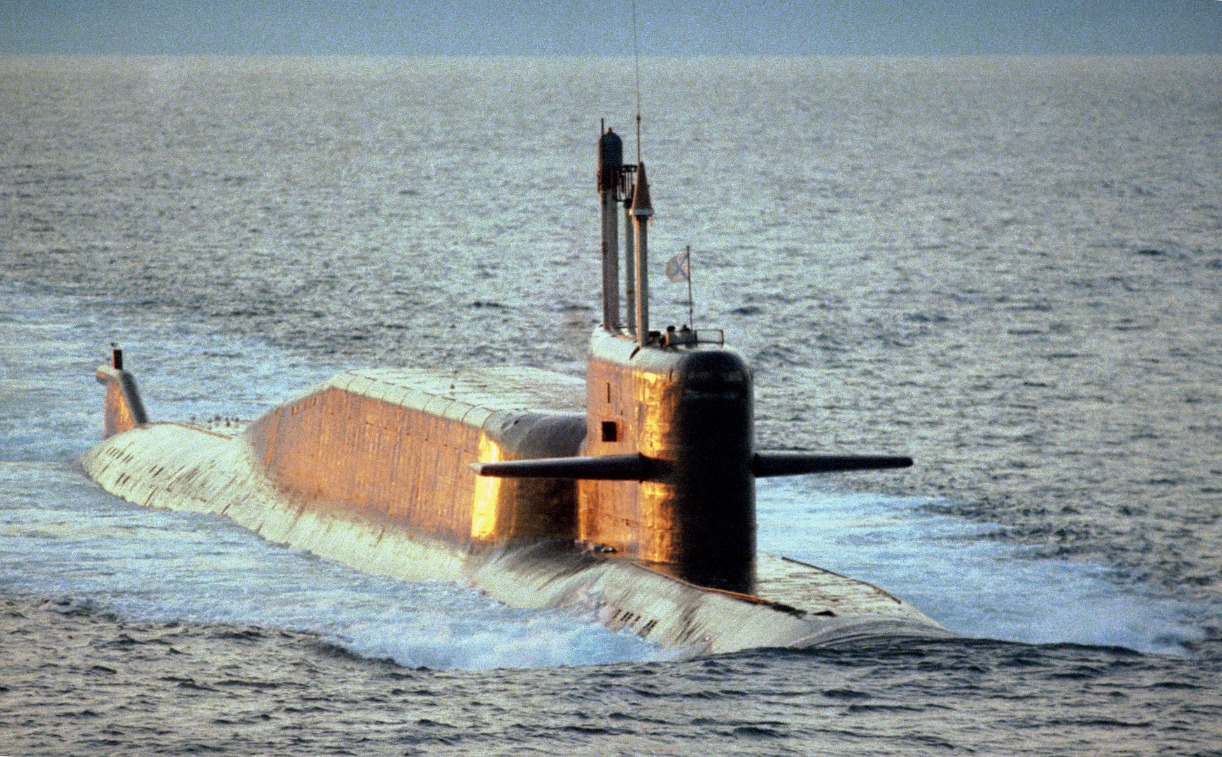
When the Delta ships entered service in the 1970s, they were equipped with the R-29 Vyosta family, the R-29/SS-N-8 Sawfly, the R-29R/SS-N-18 Stingray, and R-29RM/SS-N-23. The Delta IV ships were the most advanced variant of the class to be introduced between 1985 and 1992. Featuring longer bow sections and more sophisticated armaments, the Delta-IVs are armed to the teeth. Considering the fire capability of this class of vessels, the Kremlin is not in a rush to relegate to retirement anytime soon.
The Yasen-M
Representing one of the newest submarine series introduced by the Russian Navy is the Yasen-class. Designated as Project 885 Yasen or the Graney-class by NATO, these nuclear-powered cruise missile submarines were initially designed to replace the country’s preceding Soviet-era nuclear attack ships. This project was conceptualized just a couple of years following the collapse of the Soviet Union in the early 1990s.
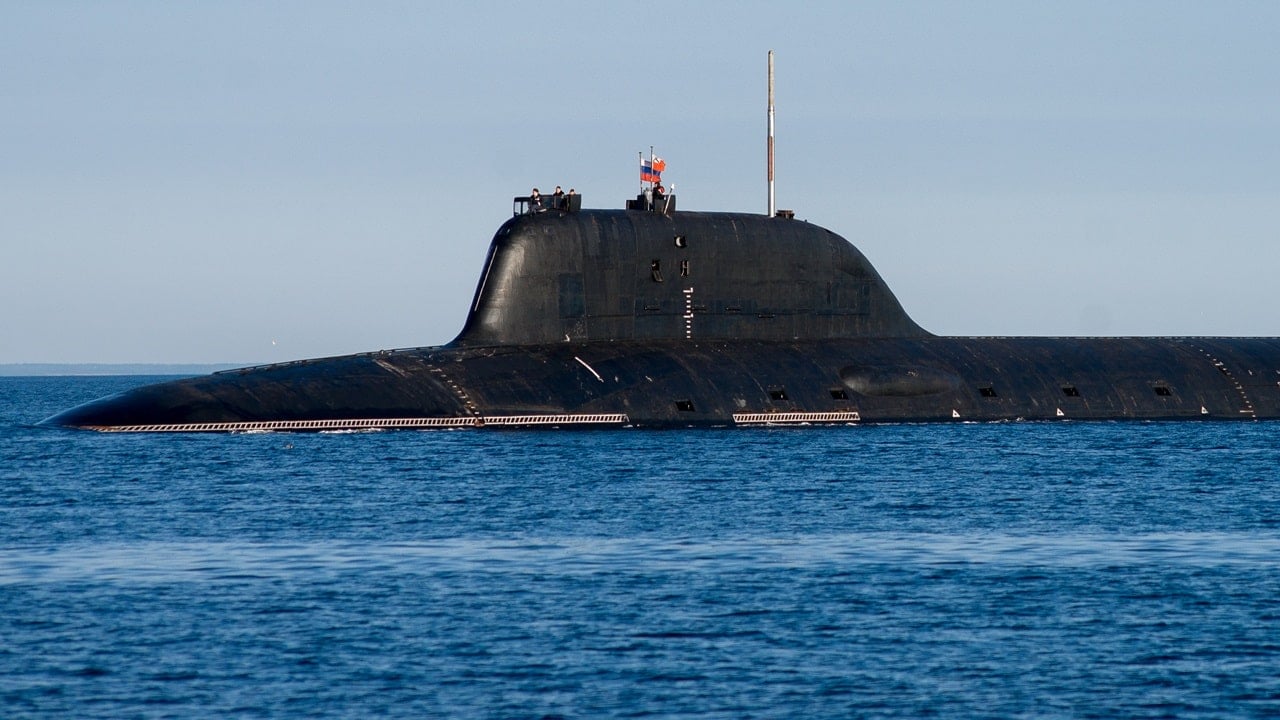
Recently, Russian state-run media outlets have claimed that the Kremlin is allocating funds to equip its Yasen-M vessels with Zircon hypersonic missiles. The Yasen-M is already reportedly capable of reaching speeds in excess of Mach-9.0, making the potential addition of the Zicron missile a very concerning threat.
About the Author: Maya Carlin
Maya Carlin, National Security Writer with The National Interest, is an analyst with the Center for Security Policy and a former Anna Sobol Levy Fellow at IDC Herzliya in Israel. She has by-lines in many publications, including The National Interest, Jerusalem Post, and Times of Israel. You can follow her on Twitter: @MayaCarlin.
All images are Creative Commons
From The Vault
